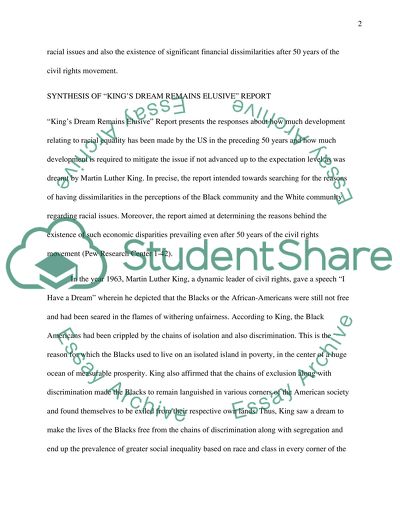Cite this document
(“Social inequality. Race and Class in America Essay”, n.d.)
Social inequality. Race and Class in America Essay. Retrieved from https://studentshare.org/sociology/1629787-social-inequality-race-and-class-in-america
Social inequality. Race and Class in America Essay. Retrieved from https://studentshare.org/sociology/1629787-social-inequality-race-and-class-in-america
(Social Inequality. Race and Class in America Essay)
Social Inequality. Race and Class in America Essay. https://studentshare.org/sociology/1629787-social-inequality-race-and-class-in-america.
Social Inequality. Race and Class in America Essay. https://studentshare.org/sociology/1629787-social-inequality-race-and-class-in-america.
“Social Inequality. Race and Class in America Essay”, n.d. https://studentshare.org/sociology/1629787-social-inequality-race-and-class-in-america.


